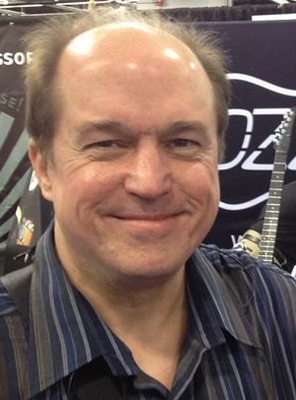
About the event
This session will feature the rebroadcast of the lecture presented by Julius Smith on September 16, 2010 followed by a one-hour live discussion with Prof. Smith himself. The main goal is to revisit the topic, and then, in the discussion that will follow, evaluate what has changed since the research was first presented. Participants are encouraged to submit their questions and comments in the chat of the platform used.
To access the event: www.cirmmt.org/join/DL2
CIRMMT FUNDING ELIGIBILITY REMINDER: CIRMMT student members should note that attendance at Distinguished Lectures is necessary to fulfill the eligibility requirements for funding opportunities. Attendance will be tracked via sign-up sheets for in-person events, and the chat of the online meeting platform used.
Abstract
Biography
Julius O. Smith teaches and supervises PhD research at the Center for Computer Research in Music and Acoustics (CCRMA). He is formally a professor of music and (by courtesy) electrical engineering at Stanford University. In 1975, he received his BS/EE degree from Rice University, where he got a good grounding in the field of digital signal processing and modeling for control systems. In 1983, he received the PhD/EE degree from Stanford University, specializing in techniques for digital filter design and system identification, with application to violin modeling. His work history includes the Signal Processing Department at Electromagnetic Systems Laboratories, Inc., working on systems for digital communications, the Adaptive Systems Department at Systems Control Technology, Inc., working on research problems in adaptive filtering and spectral estimation, and NeXT Computer, Inc., where he was responsible for sound, music, and signal processing software for the NeXT computer workstation. Prof. Smith is a Fellow of the Audio Engineering Society and the Acoustical Society of America. He is the author of four online books pertaining to music/audio signal processing, and numerous research publications in his field. For more information, see http://ccrma.stanford.edu/~jos/.
Video Archive
Slides of this lecture here. Please note that the material in these slides are the property of Julius Smith.
APA video citation:
Smith, J. (2012, November 5). Sound synthesis based on physical models -
CIRMMT Distinguished Lectures in the Science and Technology of Music. [Video file].
Retrieved from https://www.youtube.com/watch?v=dUcNzPhZdwk
